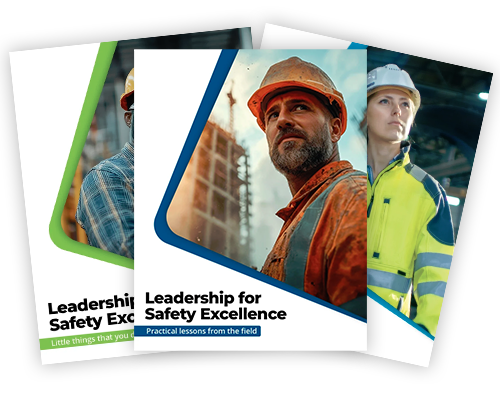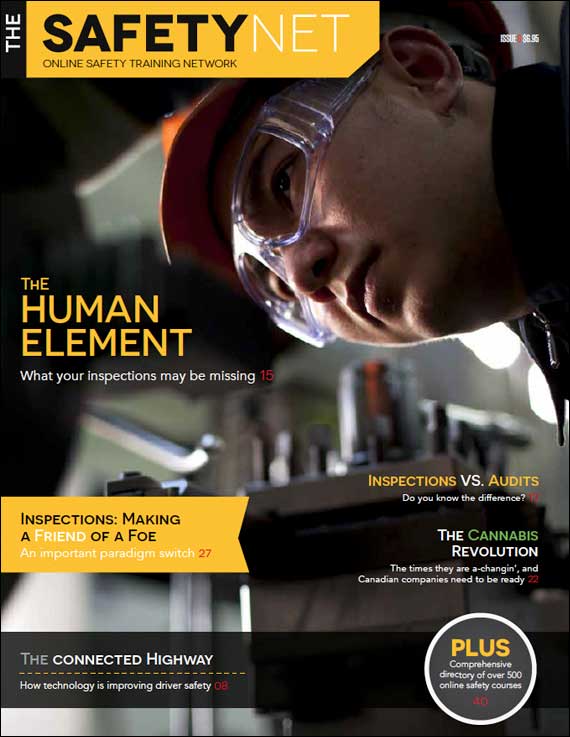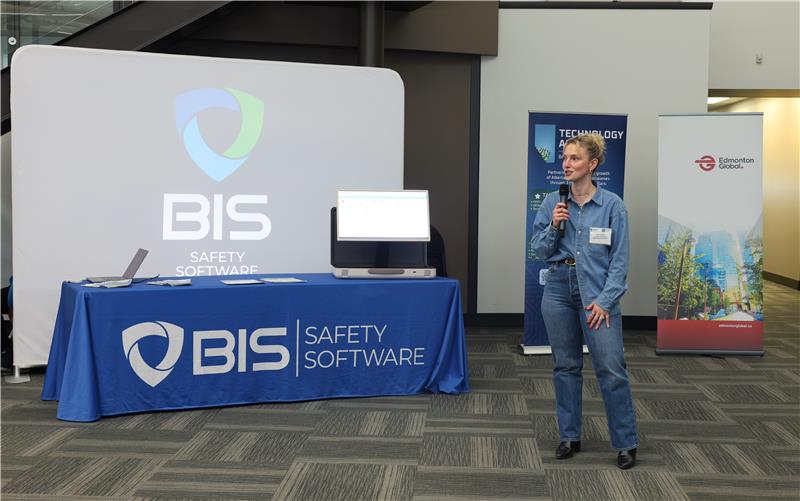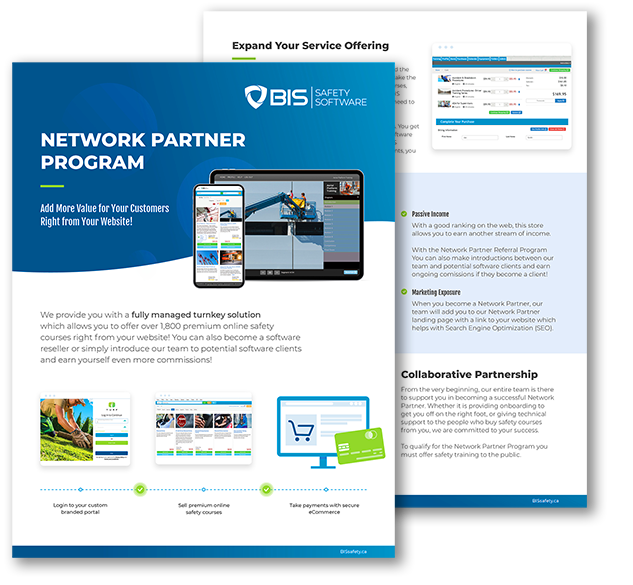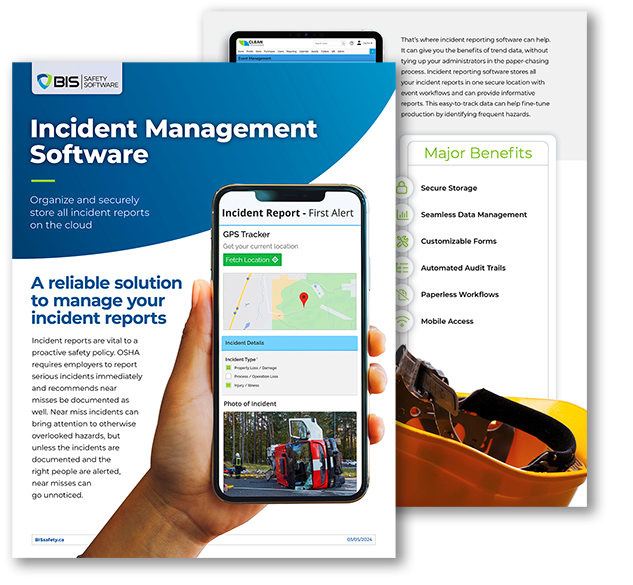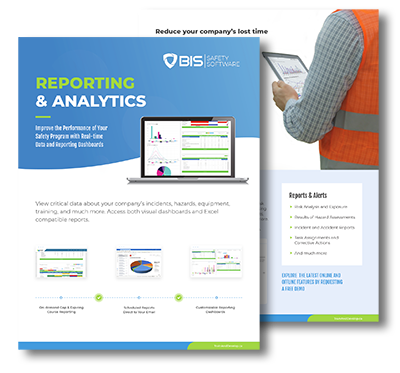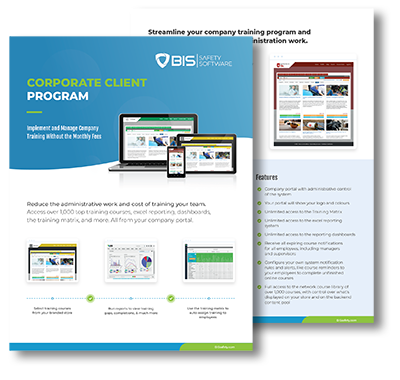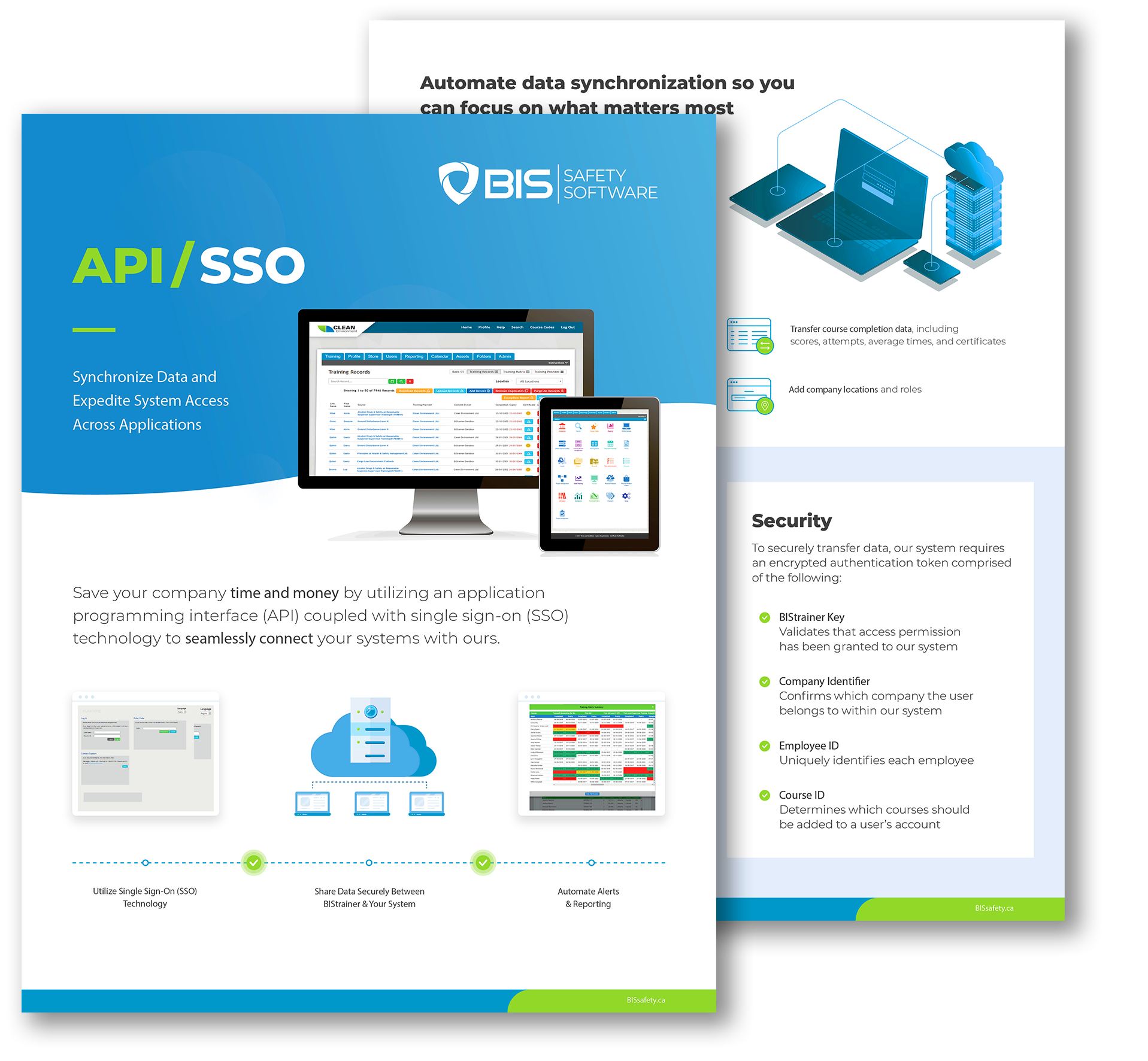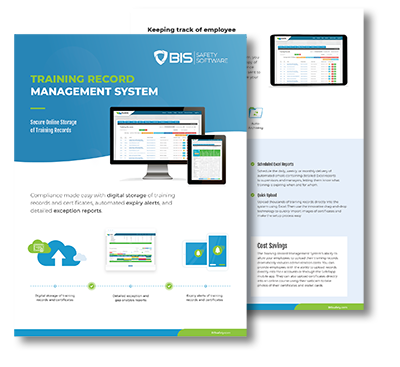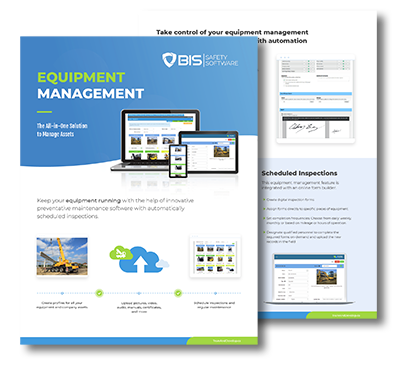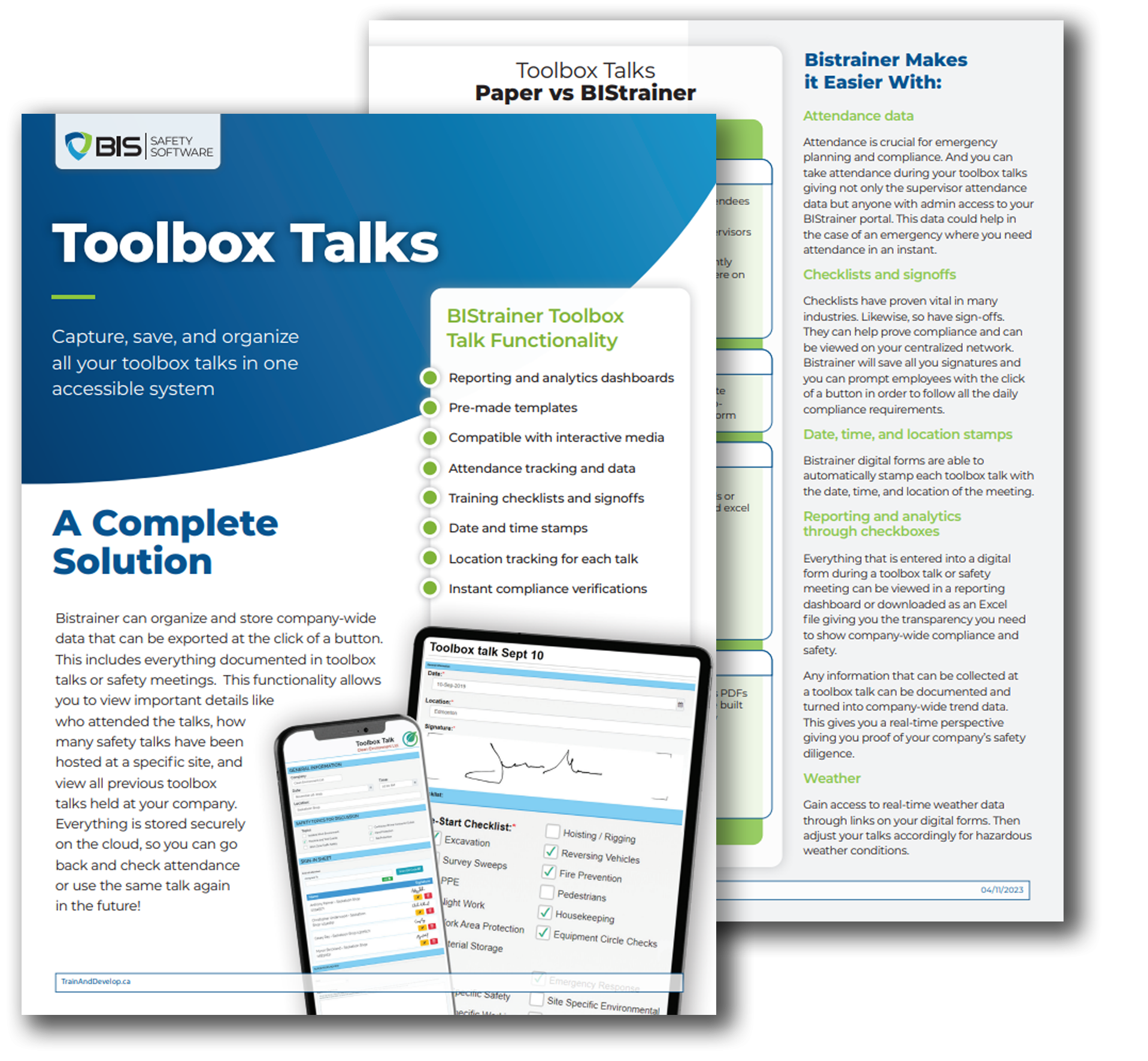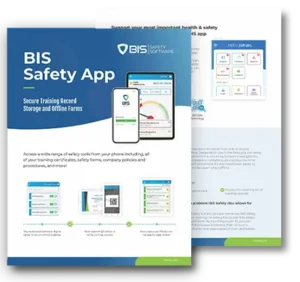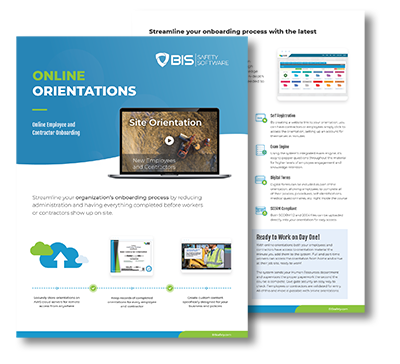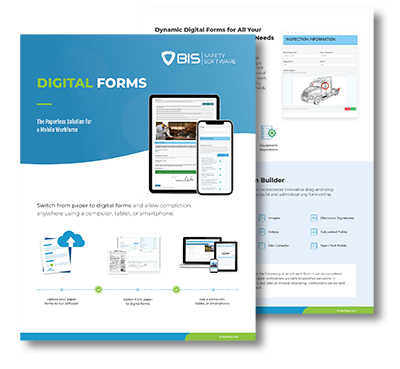Why Incident Reports Fuel Safety Culture
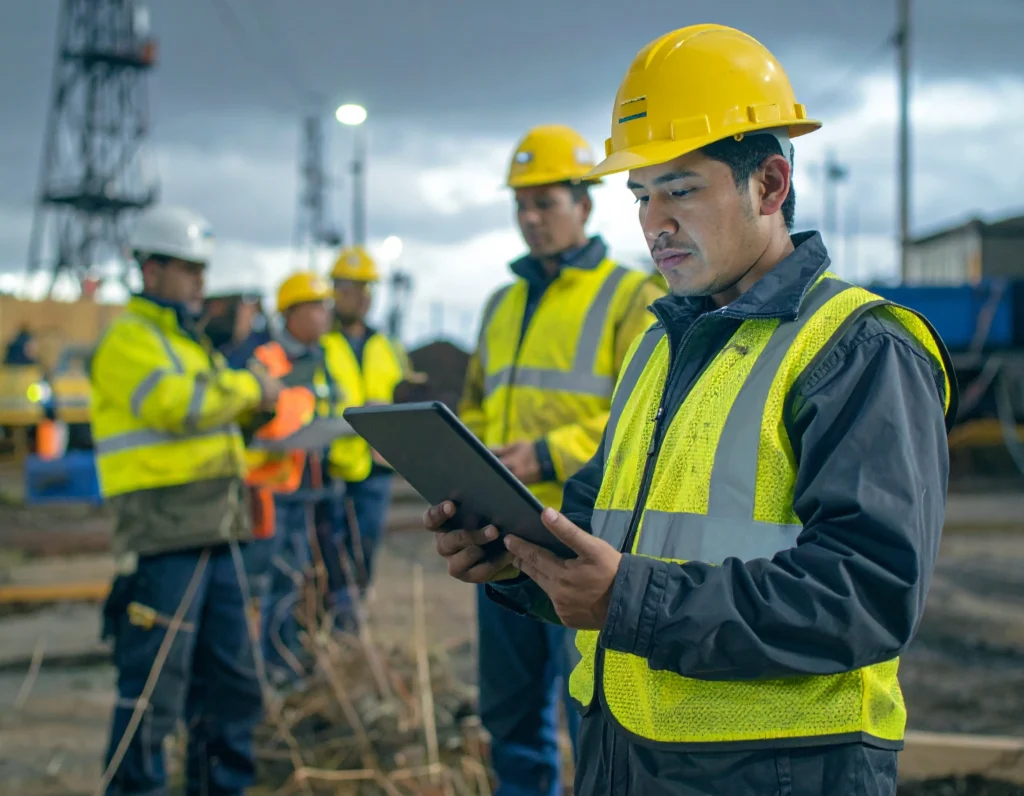
Understand how timely incident reporting improves workplace safety, supports compliance, and drives meaningful safety improvements across Canadian industries.
What Happens After an Incident?

Home Blog What Happens After an Incident? Why Post-Accident Reviews Matter By DanAdminCAD Facebook LinkedIn An accident happens. Emergency protocols kick in, assist the injured, secure the area, file the reports. But after the dust settles… what next? Too often, organizations return to “business as usual” without pausing to ask the critical question: How do we keep this from happening again? That’s where post-accident reviews become essential. Not as a blame game, but as a blueprint for prevention. A roadmap for evolution. Done right, a review transforms mistakes into insights. It strengthens safety procedures and keeps teams protected, informed, and empowered Why They Matter: More Than Just a Report Every incident has a root cause. Maybe it’s faulty equipment. Maybe training fell short. Maybe someone felt rushed. Whatever the reason, if we only address the surface issues, we’re inviting the same thing to happen again, possibly with worse consequences. A thorough post-accident review doesn’t just answer “what happened?”, it answers why it happened. And that’s the only way to stop it from happening again. Even more, post-incident reviews send a strong message: Safety matters here. When workers see that their company takes action after an incident, they feel seen, heard, and valued. Trust grows. Reporting increases. Engagement follows. But if nothing changes? The silence speaks louder than words. What a Strong Post-Accident Review Looks Like Secure the SceneBefore anything else, make sure the area is safe. Protect workers from further harm before diving into the details. Collect the EvidenceVideos. Logs. Tools. Capture everything while the scene is fresh. Small details often hold big answers. Talk to WitnessesGet honest accounts, quickly and respectfully. Focus on facts, not fault. A no-blame environment encourages clarity and cooperation. Find the Root CauseLook past the obvious. Was there unclear communication? Unrealistic deadlines? Missing training? Real safety improvements come from deep understanding, not quick assumptions. Take ActionWhether it’s new procedures, better PPE, or refresher training, improvements must be tangible. Rules on paper don’t protect anyone unless they’re practiced on-site. Share the LearningsIf only leadership knows what went wrong, the rest of the team stays in the dark. Share findings across the organization to build collective awareness. Follow UpNew procedures mean little without reinforcement. Are the changes working? Are workers following them? Review the review, and adjust as needed. From Reaction to Prevention The best safety cultures don’t just react, they reflect, respond, and rebuild stronger. Every incident is a teachable moment. The organizations that treat it that way create environments where people feel safe, heard, and respected. And when safety becomes a shared value, not just a checklist, teams thrive. Engagement rises. Morale improves. Most importantly, people stay safe. Final Word: Learn Loudly. Improve Boldly. An accident is only a true, out-and-out failure if you fail to learn from it and do better next time. The most effective organizations treat every incident as a chance to improve, not something to sweep aside. Because safety doesn’t end when the report is filed, it starts there. Follow us! Stay up-to-date with the latest spotlight articles, podcasts, the SafetyNET Magazine, or our book on Leadership for Safety Excellence. All updates will be shared on our social channels, click below to follow us. Facebook Linkedin Related Articles All Posts #EmergencyPreparedness 2025 safety trends 360 Immersive 360immersive 6S Safety accident prevention accidental careers adjustable workstations adult education AI automation AI implementation AI in business AI in operations AI in Safety AI podcast AI strategy AI transformation Alberta safety courses Allan James Moore artificial intelligence asking for help audit findings audit readiness Audit Reporting automation in safety automation strategy avoidable injuries awareness Aztec Safety back strain BambooHR integration behavior-based safety Behavioral Safety behavioural safety biometric sensors BIS Podcast BIS Safety Podcasts BIS Safety Software BIS Safety Spotlight black holes Blame Culture BP Texas City Explosion Brave Leadership Brett Burkard burnout business automation Canadian OHS Canadian safety Canadian safety history Canadian safety standards carbon monoxide Carolynne Heron CCOHS chemical chemical vapors chronic injuries chronic pain cloud-based safety tools Coming Soon community safety programs Competency in Safety complacency in safety Compliance compliance courses Compliance In Canada compliance issues Compliance management Compliance Reporting compliance tools compliance tracking compliance training compliance vs protection Construction advocacy Construction education Construction industry construction safety construction safety training continuous improvement continuous safety improvement corporate culture corporate training corrective actions crane CSA standards Customer Spotlight Customer Spotlight Kevin Swinden Global Hazmat Safety Culture Hazmat Management Dangerous Goods Competency in Safety Workplace Risk Mitigation BIS Training Clients Canadian EHS customized training daily trip inspection Damage Prevention Dangerous Goods dangerous goods classification Danny Sellers data-driven safety Decision Analysis defect management defect tracking defensive driving DEI in onboarding digital compliance digital forms Digital Hazard Reporting Digital Onboarding digital safety Digital Safety Audits Digital safety systems digital safety tools digital safety transformation Digital Training Tools digital transformation DMS features document control document management system Dr. Joanna Pagonis Dr. Tom Krause driver file management driver training driving instructor program DTRMS e-learning e-learning tools eadership in safety early intervention education technology EHS EHS Adoption EHS Compliance EHS digital solutions EHS Inspections EHS Onboarding EHS software EHS tools Einstein electrical safety Emergency Action Plan emergency preparedness emergency response emergency supplies emotional training employee behavior employee engagement employee health Employee onboarding Employee Readiness employee safety employee training Energy Isolation ergonomic consulting ergonomic design ergonomic risks ergonomics Evacuation Procedures evidence collection EWI Works exoskeleton exoskeletons failure analysis fall protection fast onboarding field experience field level hazard assessments field safety field safety services Field Safety Technology Field-Friendly Software Fire Drills fire prevention Fire Safety Training first aid kit first week on the job first workplace injury fleet management fleet safety FLHA engagement FLHA Integration FMEA freight Frontline Engagement frontline safety future of work Global Hazmat gravitational waves hand injuries handling hazardous materials hands-on training hazard analysis hazard assessment compliance Hazard Awareness hazard communication Hazard Identification hazard prevention hazard recognition Hazardous Energy Control Hazmat Management Health & Safety Podcast health and safety hearing loss prevention hearing protection heavy equipment safety hidden
Is it a Workplace Accident or Incident?
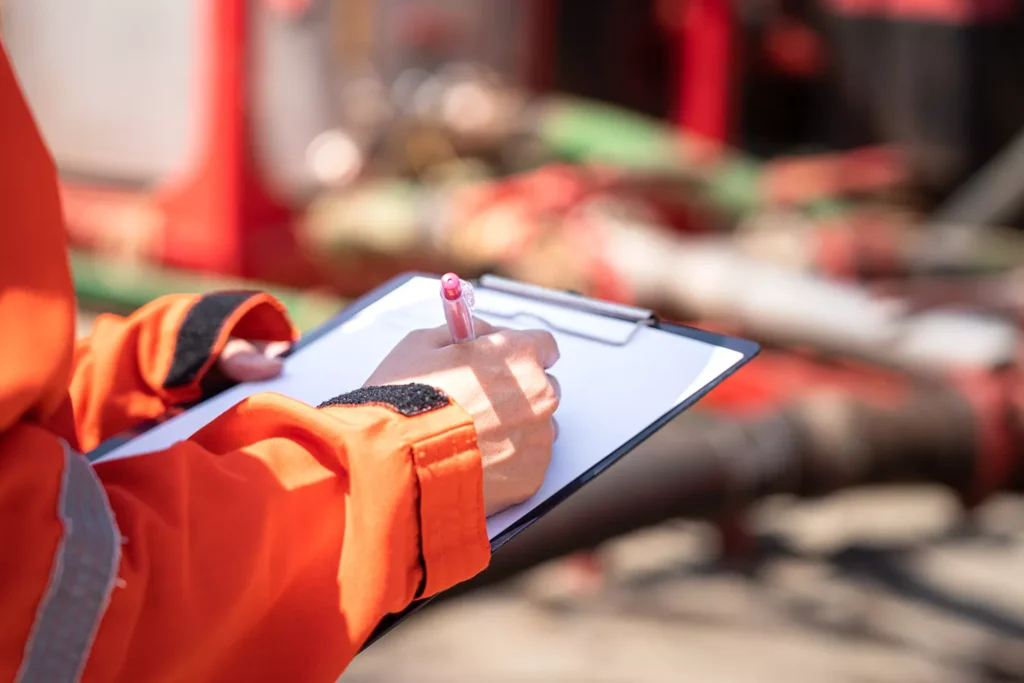
Home Blog Is it a Workplace Accident or Incident? By DanAdminCAD Facebook LinkedIn Understanding the difference between accidents and incidents at work can be tricky because the terms often mean the same thing. It’s important to know that both words refer to events that weren’t planned and could have hurt someone or damaged something. Is it a Workplace Incident or an Accident in Canada? The most common term for a workplace incident or accident in Canada is fast becoming incident. However, the approach to defining and handling workplace mishaps emphasizes a nuanced understanding of “incidents” and “accidents”. The key points are as follows: Incident Definition: In Canadian workplace safety language, an incident is broadly recognized as any event, condition, or situation that arises during work and has the potential to cause injuries, illnesses, damage to health, or even fatalities. Accident Definition: An accident, on the other hand, is specifically identified as an unplanned event that disrupts an ongoing activity. This disruption may result in injury or property damage, though not always. The term is reserved for cases where the unplanned event has direct, harmful outcomes. Distinction Between Incident and Accident: The Canadian perspective highlights a critical distinction between the two terms. An incident encompasses a broader range of possibilities, including near misses or dangerous occurrences that could have led to harm but didn’t. Accidents are a subset of incidents characterized by their actual impact, specifically, when injury or damage occurs. Near Miss: This term is particularly important in the Canadian context. It refers to situations where an incident could have resulted in harm but, fortunately, did not. Recognizing and reporting near misses are crucial for preventing future accidents. Focus on Potential: By differentiating between incidents and accidents, the Canadian approach places a strong emphasis on the potential for harm. This perspective encourages proactive measures to prevent incidents from escalating into accidents. The Canadian definitions and distinctions aim to foster a culture of safety and prevention in the workplace. By understanding and acting upon the nuances between incidents and accidents, workplaces can better anticipate risks and implement effective measures to protect workers. Is it a Workplace Incident or an Accident in Europe or the United States? USA In the United States, “incident” is usually the preferred term for workplace mishaps to avoid confusion with car accidents. Plus, using “incident” instead of “accident” suggests that the event could be prevented in the future, rather than being seen as just bad luck. Europe In Europe, they make a clear distinction: – An incident is when something bad could have happened but didn’t necessarily cause harm. – An accident is when something bad happens and someone gets hurt. Reporting Workplace Incidents in Canada: Reporting workplace incidents in Canada is a crucial part of managing occupational health and safety. It involves a systematic process designed to capture details of incidents to prevent future occurrences. Here’s a detailed look into how incidents are reported in Canada, focusing on the key aspects of this process: Immediate Reporting: When an incident occurs, it must be reported immediately to a supervisor or a designated health and safety representative. This prompt reporting ensures that necessary actions can be taken to address any immediate hazards or injuries. Documentation: Every incident, regardless of its severity, should be documented thoroughly. This documentation often includes a formal incident report form that captures a variety of details about the event. Details to Include in Incident Reports: Date and Time of the Incident: When the incident occurred. Location: The specific place where the incident happened. Description of the Incident: A detailed account of what happened, including events leading up to the incident. Injuries or Damages: Information on any injuries, illnesses, or property damage that resulted from the incident. Witnesses: Names and accounts of individuals who witnessed the incident or have relevant information. Immediate Actions Taken: Any first aid, evacuation, or other immediate measures taken following the incident. Steps to Take During and After Workplace Incident Reporting Investigation: A thorough investigation is often required, especially for incidents that resulted in injury or had the potential for significant harm. The goal is to identify the root causes of the incident, such as unsafe conditions, practices, or other risk factors. Corrective Actions: Based on the investigation’s findings, corrective actions should be developed and implemented to prevent similar incidents in the future. This could involve changes to policies, procedures, training, or physical changes in the workplace. Follow-Up: It’s important to follow up on the incident to ensure that corrective actions are effective and that compliance with safety standards is maintained. Regulatory Reporting: Certain types of incidents, especially those involving serious injuries, fatalities, or significant hazards, must also be reported to regulatory bodies. In Canada, this would typically be the provincial or territorial occupational health and safety authority. The specifics of what needs to be reported and the deadlines for doing so vary by jurisdiction. Confidentiality and Non-Retaliation: The reporting process should protect the confidentiality of those involved and ensure that employees feel safe to report incidents without fear of retaliation. The structured approach to reporting and investigating incidents in Canada underscores the country’s commitment to workplace safety and health. By learning from incidents and implementing preventive measures, workplaces can create safer environments for all employees. Software for Incident Reporting Environmental, Health, and Safety (EHS) software plays a crucial role in managing workplace incidents, ensuring compliance with regulations, and keeping organizational safety protocols organized. By leveraging EHS software, companies can significantly improve their approach to safety management through streamlined processes and enhanced data analysis. Here’s how EHS software facilitates workplace incident reporting and helps maintain compliance and organization: Automated Incident Reporting: EHS software equipt with an Incident Reporting Feature allows for the quick and efficient logging of incidents as soon as they occur. This immediate documentation helps ensure that no detail is overlooked. Workers can report incidents directly into the system, including details such as time, location, and nature of the incident, ensuring a timely and accurate



